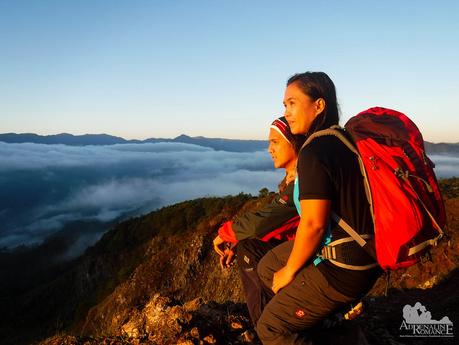
As a lush and beautiful tropical country, the Philippines is a lovely paradise where the sun shines brightly all year long. Blue skies are backgrounds for delicate wisps of cirrus clouds. White sand beaches are so pristine they are almost blinding. Turquoise waters hide mysterious and stunning wonders of the deep.
However, the same fine weather can be incredibly uncomfortable. And it is unpredictable. One moment, you’re enjoying the view from a ridge on a burning sunny morning. Then in just a moment, dark clouds converge and burst open, drenching the earth with a strong and steady downpour. Painfully sunburned and miserably drenched—equally no fun at all.
But you can mitigate these by preparing yourself and your gear so you can enjoy the Philippines in whatever weather.
When the Sun Shines in All Its Glory
1. Wear dry fit shirts or rash guards.
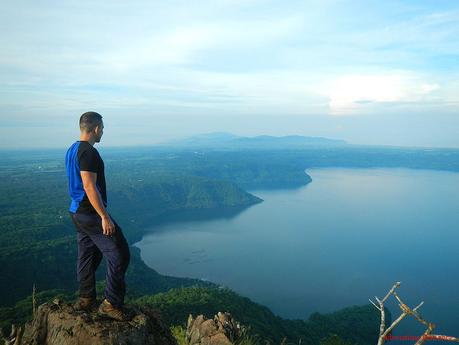
Their high-tech fabric doesn’t absorb sweat. Rather the cloth wicks moisture to the outside of the fabric where it evaporates. The material also allows air to pass through, making you feel cool and comfortable. Most importantly, dry fit shirts and rashies cover a lot of your skin, protecting them from harmful UV rays better than any sunscreen. And yes, they come in endless designs and sleek colors.
Check out outdoor apparel from Se7en Outdoor. They have amazing an array of dry-fit shirts, rashies, outdoor shorts, and trekking pants.
2. Don’t wear cotton shirts or denim pants.
These are too hot and thick for the outdoors. They also get soaked and heavy when wet. Bermuda shorts, board shorts, cargoes, and trekking pants are better as they are made of airier and lighter fabrics. In addition, cycling shorts, dolphin shorts, or bun huggers are ideal for more physically demanding activities such as biking, rock climbing, or beach volleyball.
For ladies, shorts and skirts are great. Flowing skirts that are made of thin material are cool and comfortable. They are perfect for quiet strolls, dates, and evening walks.
3. Protect yourself from the sun by wearing sunglasses and a wide-brimmed hat.
You can also cover your head with a dark-colored shawl for more sun cover. The shawl also allows cool air to permeate through the material, keeping your head and face cool.
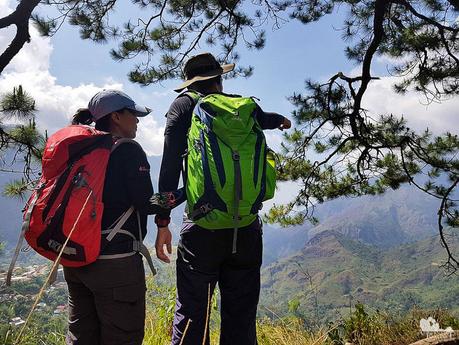
When Clouds Weep
1. Don’t forget your rain jacket.
The Philippines is a tropical country. As such, rain is very common. However, it is very difficult to predict rainy weather. Heck, weather bureaus even make a lot of errors!
Thus, bring a rain jacket. Usually worn by hikers and mountaineers, rain jackets are lightweight, waterproof outerwear—excellent for keeping you dry inside. The downside is that rain jackets can be costly. So as a cheaper alternative, you can opt for a poncho or raincoat.
2. Protect your backpack with a rain cover.
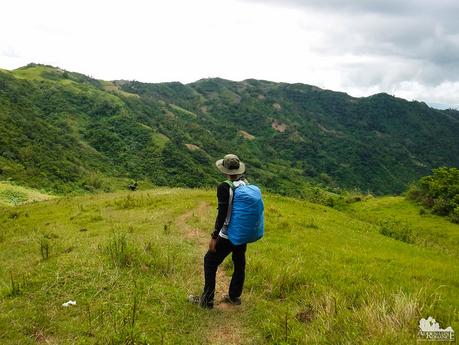
Rain covers act as raincoats for your backpack. We also recommend covering your backpack with a rain cover even on sunny days. The rain cover shields your bag from UV rays, which tend to deteriorate the anti-UV coating
Deuter sells tough, high-quality rain covers. Many of their backpacks such as the ACT Trail and Alpine Series have integrated rain covers.
3. Use a plastic bag as a liner.
No bag or backpack, not even those marketed as waterproof or water resistant, can forever keep the contents dry. Sooner or later, water will seep inside tiny holes, gaps in the zipper, or other openings in the pack’s construction. And, heavens forbid, if your backpack somehow falls into the sea, river, or any body of water, no “waterproof” technology can save the contents from getting wet.
Fortunately, there’s an easy way to waterproof your stuff. Put your items in a large garbage bag or plastic bag first. Small items and electronics can be inserted inside ziplock bags. Tie the openings or close the zip locks and place them inside your bag. The plastic serves as an effective waterproof liner.
Stopping the Goosebumps
1. Bring a wool, fleece, or felt sweater.
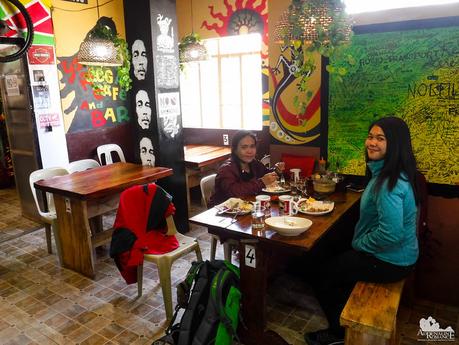
The Philippines is known to have a year-round sunny-summer hot weather. However, it can get really cold at night, especially in the mountains or in high-altitude places like Baguio or Sagada. Wear wool, fleece, or felt sweaters to retain your body heat. Button-ups or zippered sweaters are preferable since you can quickly shed them off in case you feel uncomfortably warm.
Also, experienced travelers always bring a shawl as an indispensable all-around gear.
2. Dress in layers.
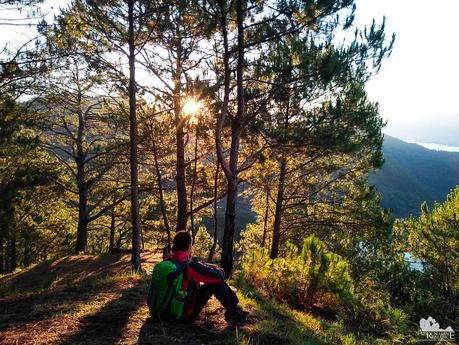
There are many places in the Philippines, such as the Cordilleras, that are really cold. In fact, temperatures can even go down to 0 degrees! We have heard of people suffering from hypothermia because they failed to take into account the low temperature.
If you visit these extremely cold places, you need to wear by layers. Start by putting on a thin shirt or tank top. Then wear a warm shirt over it. Put on a sweater (see above) over these; these layers helps you retain your body heat. Lastly, protect yourself from wind chill by donning a lightweight windbreaker or jacket.
By following these tips, there’s no stopping you from exploring the Philippines any time, anywhere, and in any weather condition!

